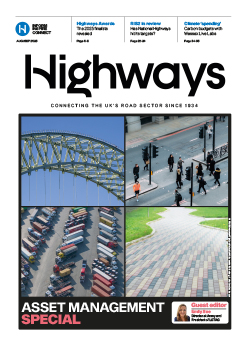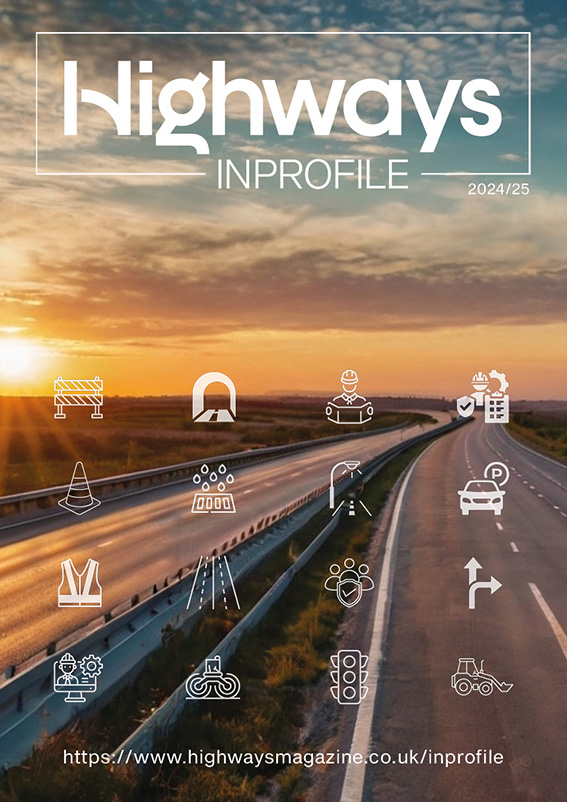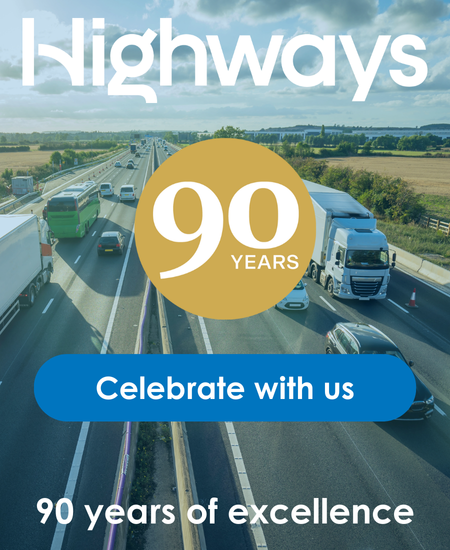Incredibly detailed 3D scans of the Forth Bridge will form the basis for interactive games promoting engineering skills for school children, it has been revealed.
First announced in 2014, the £300,000 scanning project was one of the most challenging and complex 3D scans undertaken anywhere in the world. It has amassed a data-cloud of many billions of dimensionally accurate points on the structures of the Forth Bridge, Forth Road Bridge and the partially built Queensferry Crossing.
Now a further grant of £425,000 from Transport Scotland has enabled Scottish digital heritage experts to start work on learning games, augmented reality apps, real-time interactive models for virtual headset tours and video fly-throughs for release in 2018, all aimed at developing STEM skills among pupils in Scottish schools.
In the meantime, the project has released an animation of the “point cloud” data of the Forth Bridge and Forth Road Bridge:
https://youtu.be/ikLjgXXAMas
Transport Scotland funded the project on behalf of the Forth Bridges Forum and the laser scanning and digital development work has been carried out by the Centre for Digital Documentation and Visualisation (CDDV), a partnership between The Glasgow School of Art’s School of Simulation and Visualisation and Historic Environment Scotland.
Scotland's Transport Minister Humza Yousaf said: “The Forth Bridges represent Scotland’s industrial past, creative present and our dynamic and innovative future. They are the pinnacle of world-leading design and engineering and it’s right that we conserve and protect them and also seek to inspire and educate the young engineers of the future.
“If the bridges are a globally unique showcase of Scotland’s world-class engineering skills, this amazing 3D scanning project also showcases the world-leading design, research and innovation in our Higher Education institutions.
“The possibilities for this comprehensive digital data are almost endless. It allows the production of detailed information and tools for conservation, educational resources, improving accessibility and delivering virtual records to help health and safety training as well as promoting tourism. But now, rightly, our focus is education and creating learning tools to educate and inspire the young engineers of the future.”
The laser scanning work began in May 2015 and involved a total of 90 days digitally documenting the bridges on foot, from ropes, vehicles and boats. Mobile mapping was undertaken in partnership with Leica Geosystems UK. It has created a huge point cloud mapping the structures and their overall physical footprint over 3.6 square kilometre.
It has also been one of the most complex 3D scanning projects undertaken anywhere in the world given the vagaries of the three different structures and physical and environmental challenges faced by the team.
A panel of experts, including school teachers, Napier University and the Institute of Civil Engineers, is helping CDDV develop options for the data. The work is now focusing on highly detailed models of the bridges and a suite of education materials including two digital learning games based on building the Forth Bridge for school children, an augmented reality app to showcase the industrial heritage of the bridges and a virtual reality headset-based “virtual tour” of the Forth Bridge and Forth Road Bridge. The materials are expected to be rolled-out in mid-2018.





